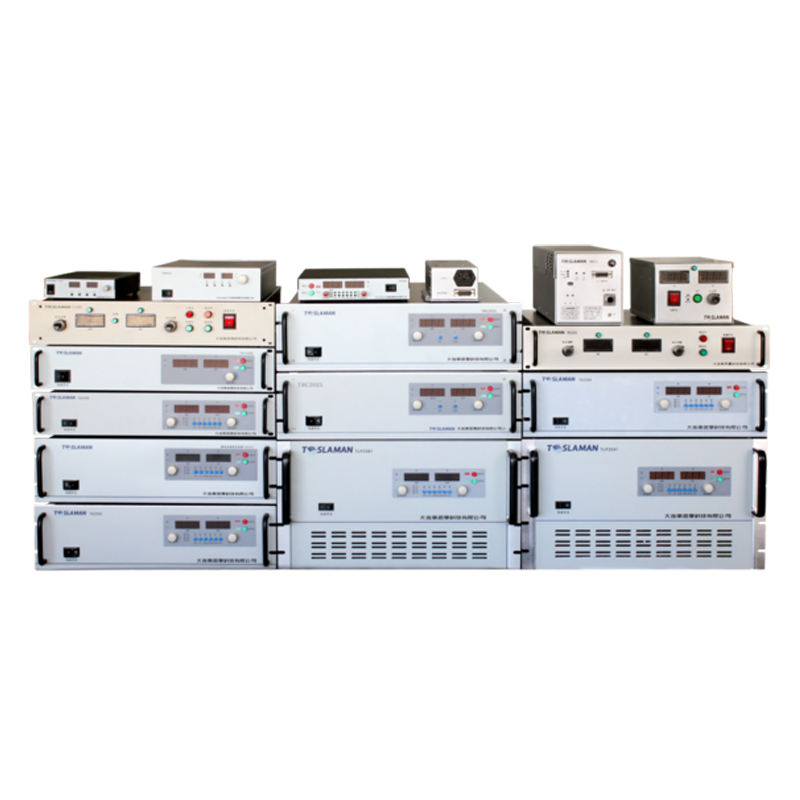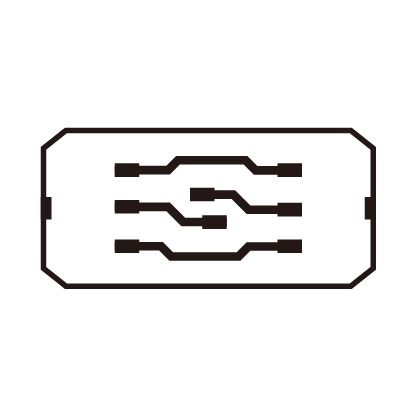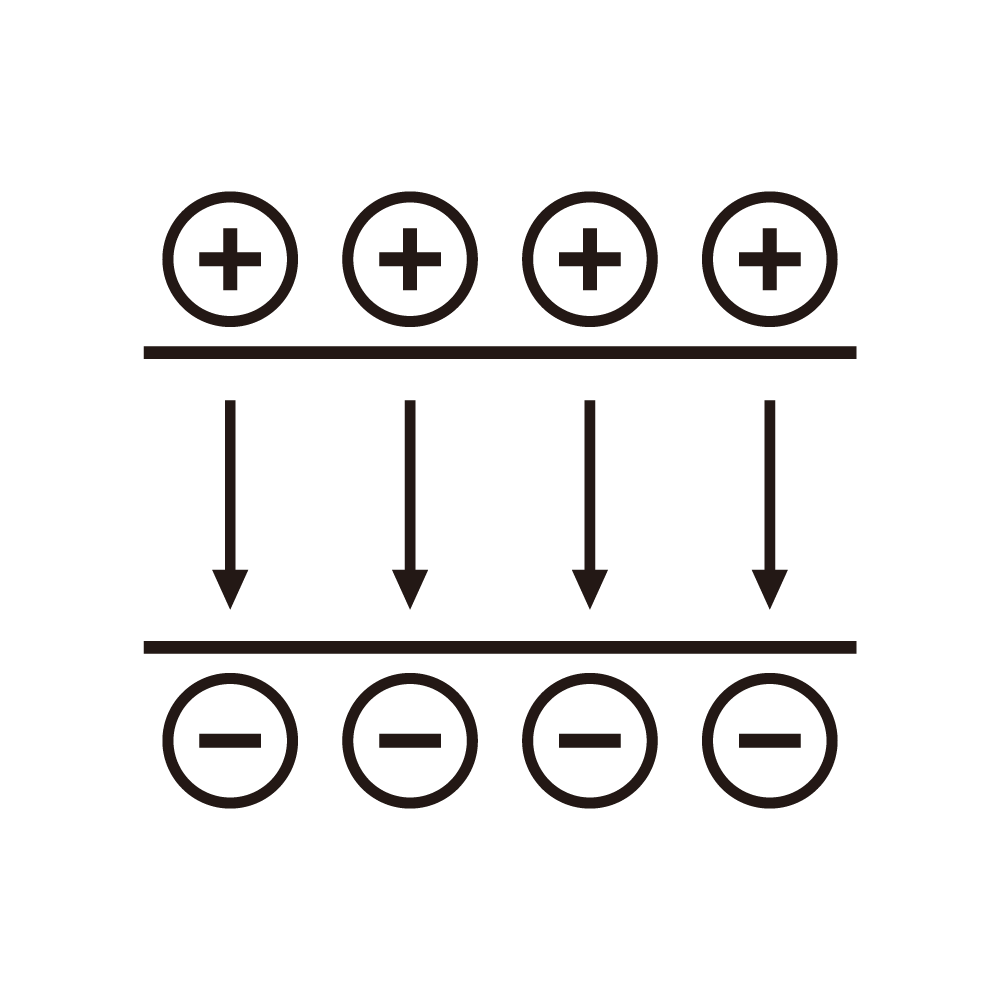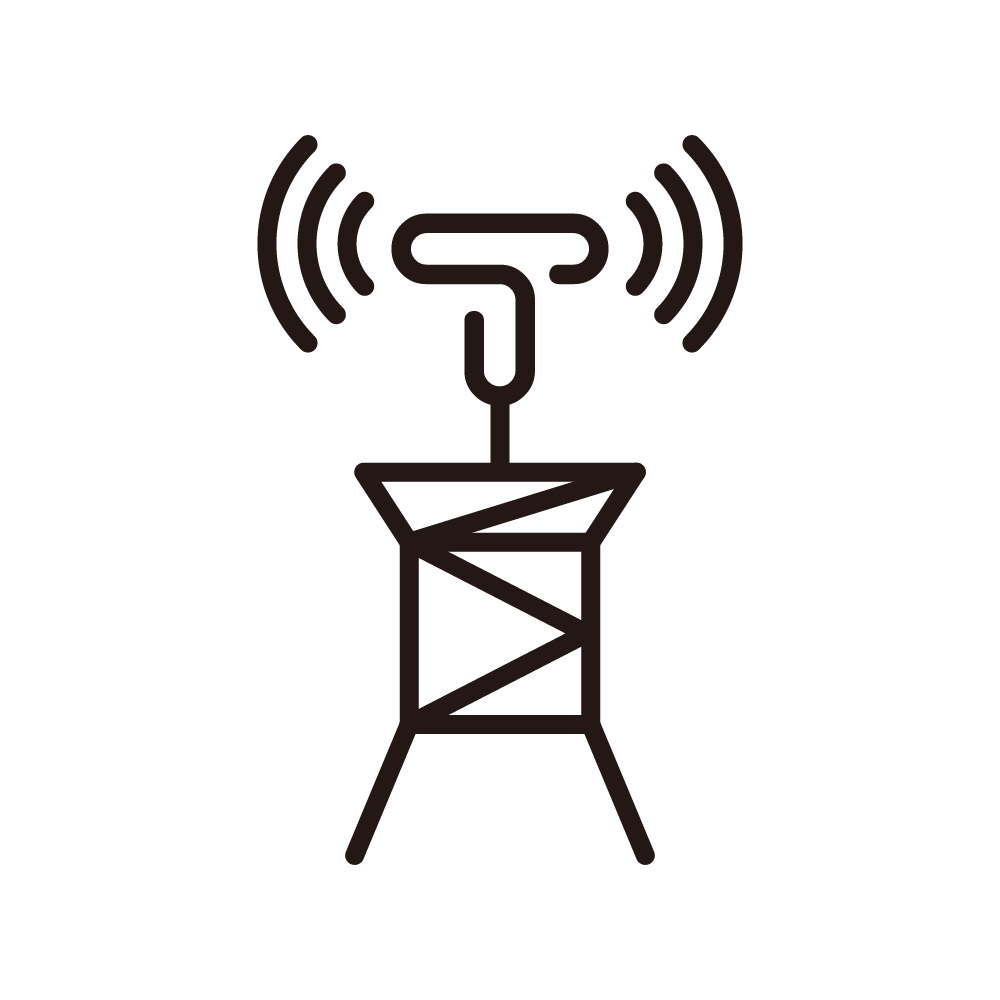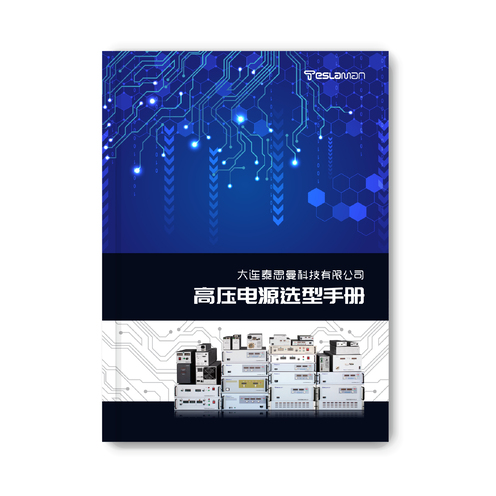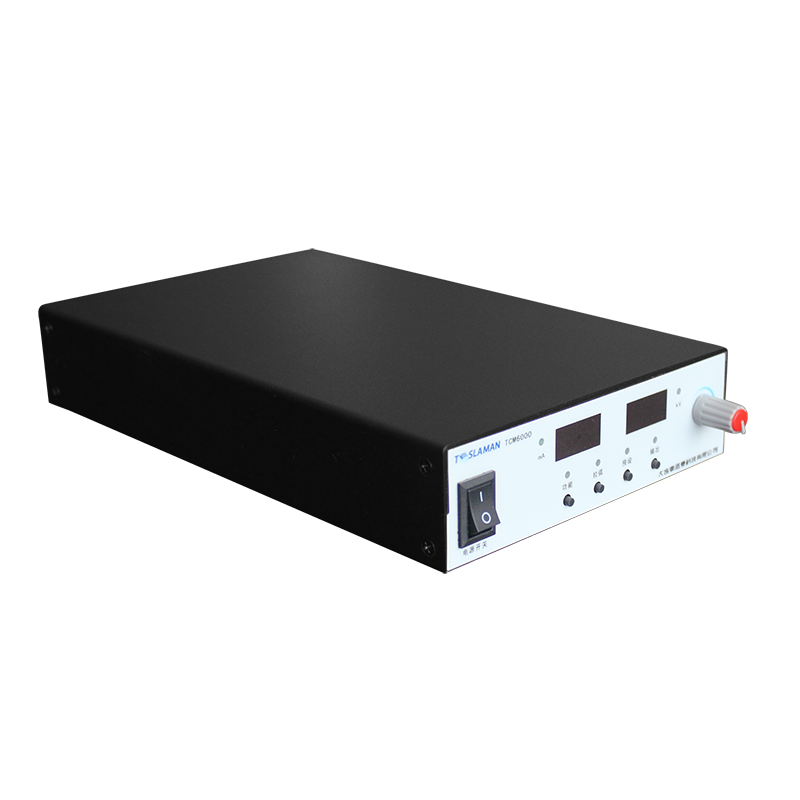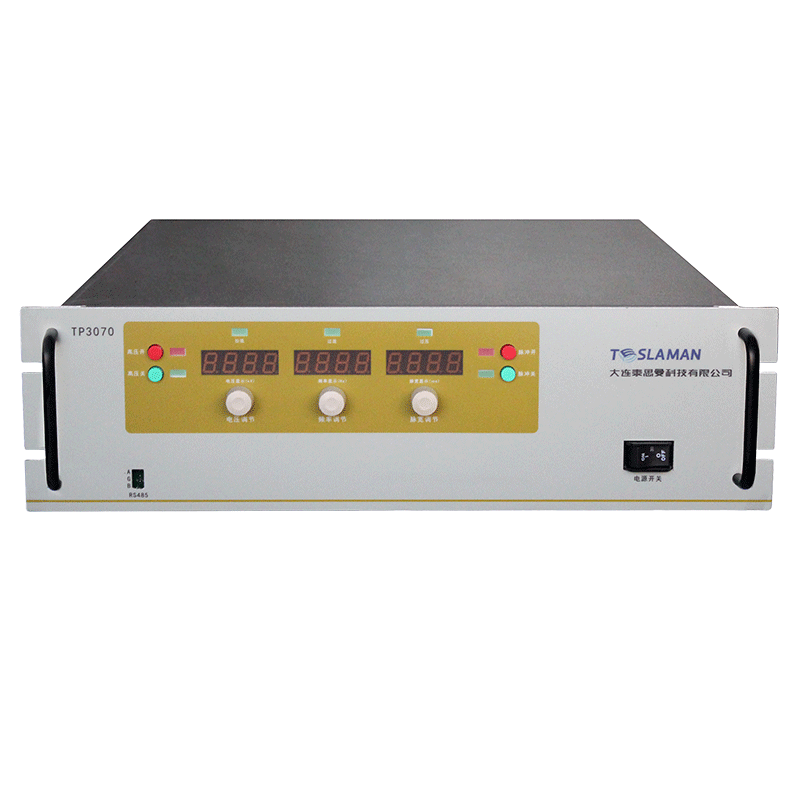Calibration of ppm-Level High-Voltage Power Supplies: Technology and Applications
Introduction
With the continuous advancement of science and technology, high-precision and highly stable power supply equipment has become a critical component in modern industry and scientific research. Particularly in scenarios requiring extreme precision, ppm (parts per million) level high-voltage power supplies have become indispensable tools. However, to ensure that these power supplies meet stringent technical requirements, their calibration process is of paramount importance. This article will explore the calibration of ppm-level high-voltage power supplies from three aspects: technical principles, calibration methods, and practical applications.
1. Technical Characteristics of ppm-Level High-Voltage Power Supplies
The core feature of ppm-level high-voltage power supplies is their high precision and stability in output voltage. These power supplies are typically used in experiments or production environments that are extremely sensitive to voltage fluctuations, such as particle accelerators, electron microscopes, semiconductor manufacturing equipment, and precision measurement instruments. To achieve ppm-level performance, these power supplies must possess the following characteristics:
1. Low Noise Output: Internal noise in the power supply can directly affect the stability of the output voltage. Therefore, advanced filtering techniques and shielding designs are required to reduce electromagnetic interference.
2. High-Resolution Adjustment Capability: ppm-level power supplies need to support very small step adjustments in voltage to meet the demands of various application scenarios.
3. Long-Term Stability: Even during prolonged operation, the output voltage should remain within the specified error range.
4. Temperature Compensation Mechanism: Changes in ambient temperature can impact power supply performance, so temperature compensation circuits are necessary to enhance stability.
Due to these characteristics, calibrating ppm-level high-voltage power supplies is not only a technical challenge but also a crucial step in ensuring their reliable performance.
2. Calibration Methods for ppm-Level High-Voltage Power Supplies
Calibration is the process of verifying and adjusting the precision of the power supply’s output. Its purpose is to ensure that the deviation between the actual output value and the nominal value remains within acceptable limits. For ppm-level high-voltage power supplies, the calibration process must pay special attention to the following aspects:
1. Selection of Calibration Equipment
Calibrating ppm-level high-voltage power supplies requires the use of highly accurate standard measurement instruments, such as digital multimeters (DMMs), standard voltage sources, and high-precision voltage dividers. The accuracy of these devices should generally exceed that of the power supply being tested to avoid introducing additional measurement errors.
2. Control of Environmental Conditions
During the calibration process, environmental factors such as temperature, humidity, and electromagnetic interference can significantly affect the results. Therefore, it is recommended to perform the calibration in a controlled laboratory environment. For example, temperature variations should be controlled within ±1°C, and relative humidity should be maintained between 40% and 60%.
3. Linearity Calibration of Output Voltage
Linearity refers to the consistency of the power supply's output voltage as the set value changes. During calibration, the output voltage can be recorded by gradually increasing or decreasing the set value, and a linearity curve can be plotted. If non-linear errors exceed the allowable range, the feedback control system of the power supply needs to be adjusted.
4. Long-Term Stability Testing
To evaluate the long-term stability of the power supply, continuous operation tests can be conducted. Over a certain period (e.g., 24 hours), the output voltage should be recorded periodically. If the drift exceeds the specified value, the voltage stabilization circuit of the power supply should be checked, or aging components should be replaced.
5. Temperature Coefficient Correction
The temperature coefficient reflects the sensitivity of the power supply's output voltage to temperature changes. During calibration, the temperature coefficient can be determined by changing the ambient temperature and observing the changes in output voltage. Subsequently, software algorithms or hardware compensation circuits can be used to correct the temperature effects.
6. Dynamic Response Testing
Dynamic response refers to the ability of the power supply to return to a stable state after a sudden load change. During calibration, the transient changes in output voltage can be observed by rapidly switching the load resistance. If the overshoot or undershoot amplitude is too large, the dynamic regulation circuit of the power supply needs to be optimized.
3. Practical Applications of ppm-Level High-Voltage Power Supply Calibration
The calibration of ppm-level high-voltage power supplies is widely used in various high-tech fields. Below are a few typical application scenarios:
1. Semiconductor Manufacturing
In semiconductor manufacturing processes, core equipment such as lithography machines and ion implantation devices require extremely precise power supplies. Any minor voltage fluctuation can lead to defects on the wafer, affecting chip yield. Therefore, regular calibration of the high-voltage power supplies in these devices is crucial.
2. Scientific Research
Large-scale scientific installations like particle accelerators and synchrotron radiation sources rely on high-precision high-voltage power supplies to power magnet systems. These installations have strict requirements for magnetic field strength, so the output voltage of the power supplies must be precisely calibrated to ensure the reliability of experimental data.
3. Medical Equipment
High-voltage power supplies in medical X-ray machines and proton therapy equipment are directly related to imaging quality and treatment effectiveness. Regular calibration of these power supplies can effectively enhance the safety and diagnostic accuracy of the equipment.
4. Aerospace
Navigation systems, communication equipment, and sensors in the aerospace field have extremely high requirements for the stability and accuracy of power supplies. Calibration work ensures that these devices can operate normally under extreme conditions.
4. Conclusion
The calibration of ppm-level high-voltage power supplies is a complex and meticulous task involving various technologies and methods. By selecting appropriate calibration equipment, controlling environmental conditions, and optimizing calibration procedures, the performance and reliability of power supplies can be effectively improved. At the same time, with technological advancements, more intelligent calibration methods may emerge in the future, such as AI-based automatic calibration systems, which will further drive the development of high-voltage power supply technology.
In summary, the calibration of ppm-level high-voltage power supplies is not only an essential means of ensuring equipment performance but also a foundation for advancing related industries. Only by continuously improving calibration techniques can we better meet the growing demand for high precision.
